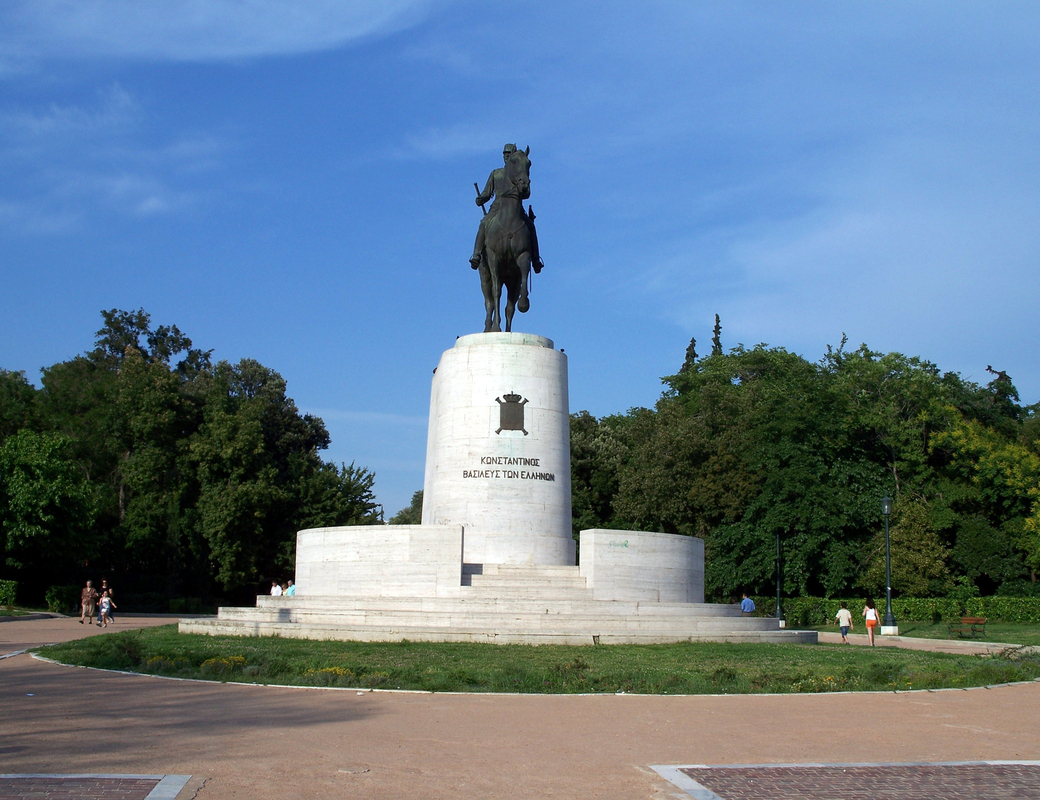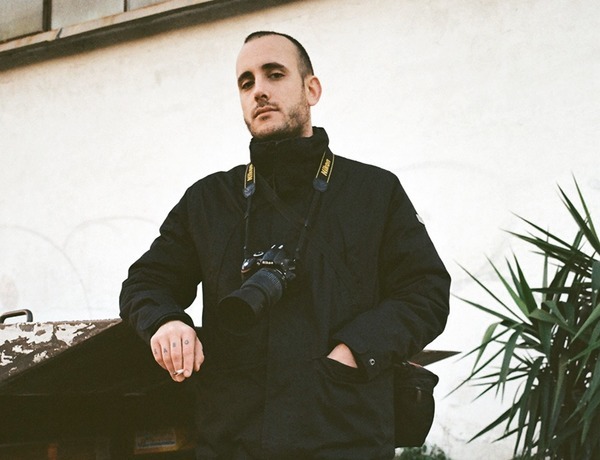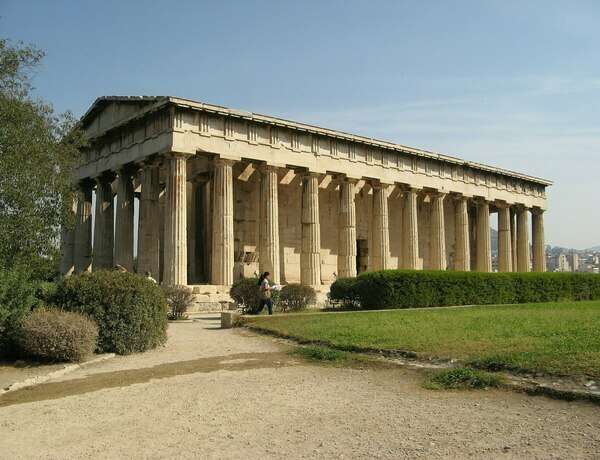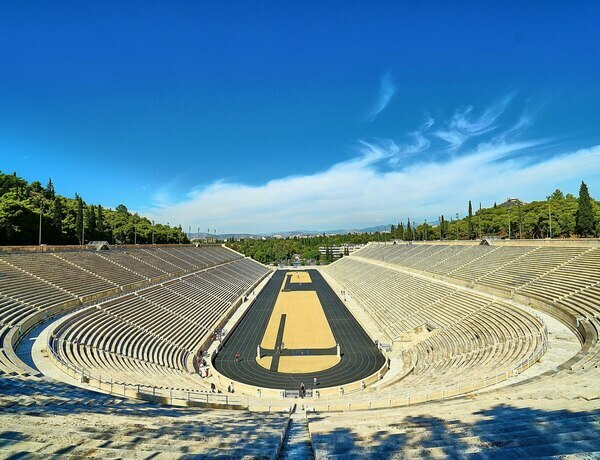
Posted by Filippos Fragkogiannis
Pedion tou Areos is a large public park located in the center of Athens, Greece. It is situated just north of the National Archaeological Museum of Athens and covers an area of approximately 27 hectares.
The park has a long and interesting history. It was originally used as an army parade ground during the Ottoman occupation of Greece, and later served as a military training ground for the Greek army. During the 19th and early 20th centuries, it was also used as a venue for various cultural events, including concerts, fairs, and exhibitions.
Today, Pedion tou Areos is a popular destination for locals and tourists alike. It features several walking and jogging paths. The park also contains several large open spaces and a small lake, making it an ideal spot for picnics and other outdoor activities.
Overall, Pedion tou Areos is a valuable green space in the heart of Athens, providing a peaceful and relaxing escape from the busy city streets.





